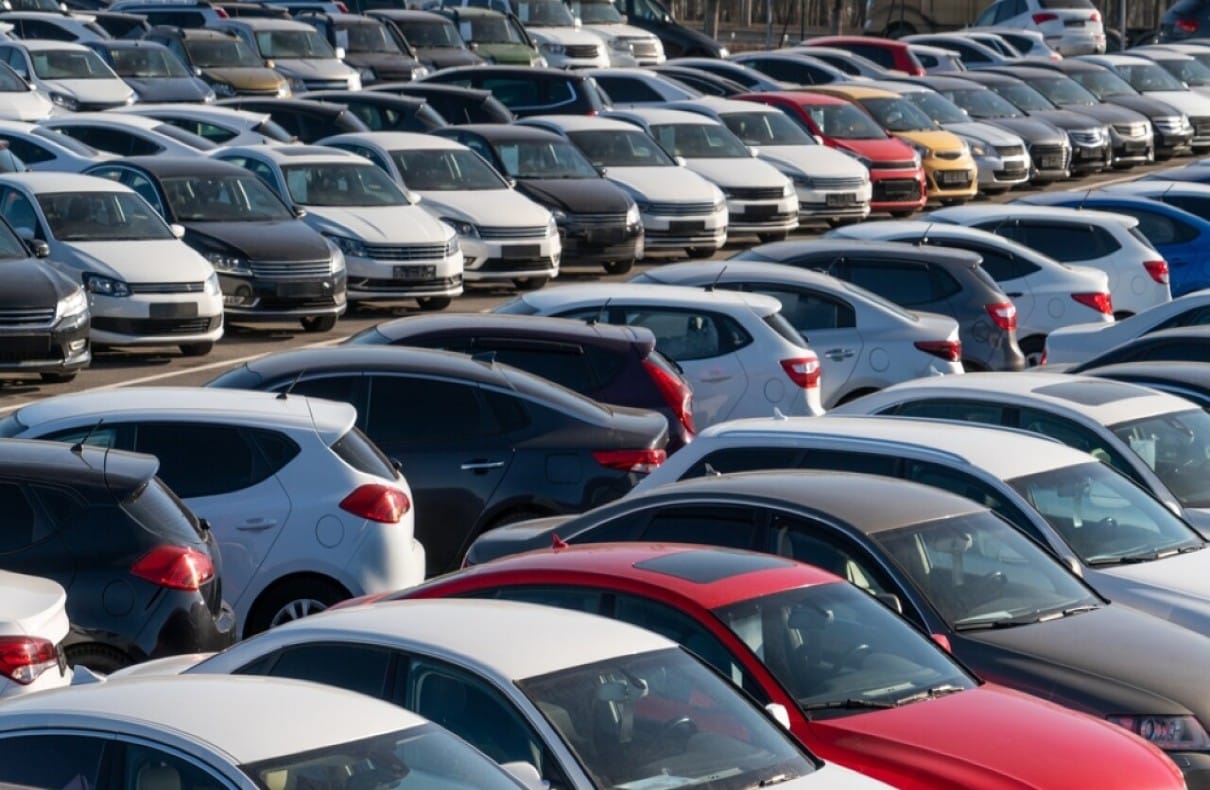After Maruti Suzuki, Tata, and Kia, Hyundai and Honda also announced price hikes for their cars starting April 1. The companies claim that rising raw material costs make it impossible to sell cars at current prices. However, automobile experts believe the real reason is declining car sales over the past few months. Despite offering significant discounts, new buyers are not showing interest. As a result, maintaining profit levels has become a challenge for companies. Even though price hikes may further impact sales, automakers are increasing prices to sustain profitability.
Hyundai and Honda Announce Price Hikes from April, Citing Rising Raw Material Costs
In February 2025, automobile sales fell by 7%, reaching approximately 18.99 lakh units. Passenger car sales dropped by 10%. The sales of two-wheelers, three-wheelers, tractors, and commercial vehicles also declined. Since February, car manufacturers have been struggling to attract buyers despite offering heavy discounts on selected models. However, based on ongoing inquiries and bookings, the industry anticipates sluggish sales for the next two to three months. Hyundai Motor India announced on Wednesday that its car prices would rise by 3% starting April 2025.
Steel Prices Expected to Rise Further
Car prices are influenced by steel costs from six months earlier. Currently, both domestic and international steel prices are significantly higher than they were six months ago. A day earlier, rating agencies Moody’s and Fitch released reports suggesting that due to U.S. tariff policies, the prices of steel, aluminum, and other metals will rise rapidly in the coming months. On Wednesday, the Indian government proposed a 12% anti-dumping duty, which could further increase domestic steel prices.
In the quarter ending in 2024, Hyundai’s revenue fell by 1.3%, and net profit dropped by 19%. Maruti Suzuki, on the other hand, recorded a 16.2% increase in net profit during the same period. However, maintaining this growth in the January-March 2025 quarter remains a major challenge.

